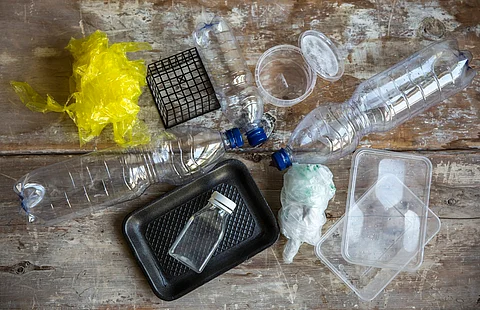

Article 3 is among the most substantively ambitious provisions in the treaty but currently remains heavily bracketed, reflecting persistent disagreements on structure, scope and obligations. At its core, the article attempts to reconcile national flexibility with the need for global coherence in addressing high-risk plastic products and chemicals of concern. While many states endorse a hybrid approach combining nationally determined actions with binding global bans there is divergence on how each tier of action should be operationalized.
A large number of countries, including the EU, PSIDS and the UK (on behalf of a joint submission with Norway, Moldova and Peru), have advocated for global bans informed by clear, science-based criteria. These criteria would help determine which plastic products and chemicals pose unacceptable risks, meriting phaseout. Submissions have proposed that meeting any of the agreed criteria should be sufficient to warrant listing, with some variations such as Kenya and Russia insisting that all criteria must be met. This difference points to deeper debates around the precautionary principle versus evidentiary burden.
States such as Australia and the USA have proposed a two-track system, wherein certain products are regulated domestically and others through globally binding obligations. This structure is echoed in Switzerland’s submission, which includes initial lists and supports public disclosure. However, concerns about trade disruptions and national capacities continue to shape counter-positions. Countries like Iran and Kazakhstan have pushed for voluntary frameworks and tailored national responses, cautioning against one-size-fits-all bans. Iran has also rejected references to chemicals of concern, instead favouring a risk-based, nationally defined approach.
Several states—including Brazil, Canada, and Thailand—have focused their submissions on managing chemicals in plastic products, proposing mechanisms for identification and eventual phase-out. The challenge lies in ensuring these mechanisms are enforceable and not merely aspirational.
Ultimately, while many agree on the urgency to restrict the most polluting plastics, disagreements over definitions, criteria and institutional responsibilities have stalled progress. Streamlining the text with clearer roles for national measures, supported by globally agreed lists and decision-making procedures, could enable a more effective and politically viable pathway forward.
This is a click to zoom map. View the larger image by clicking on it